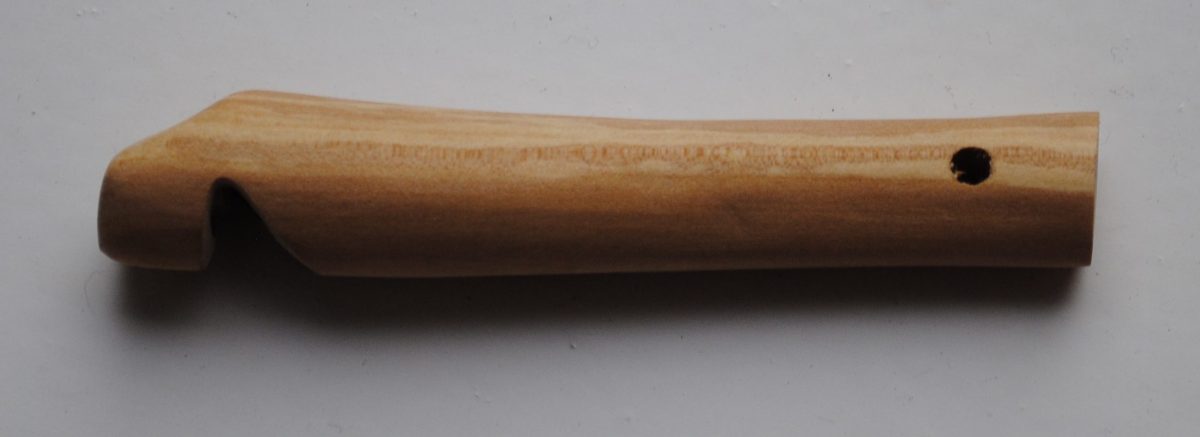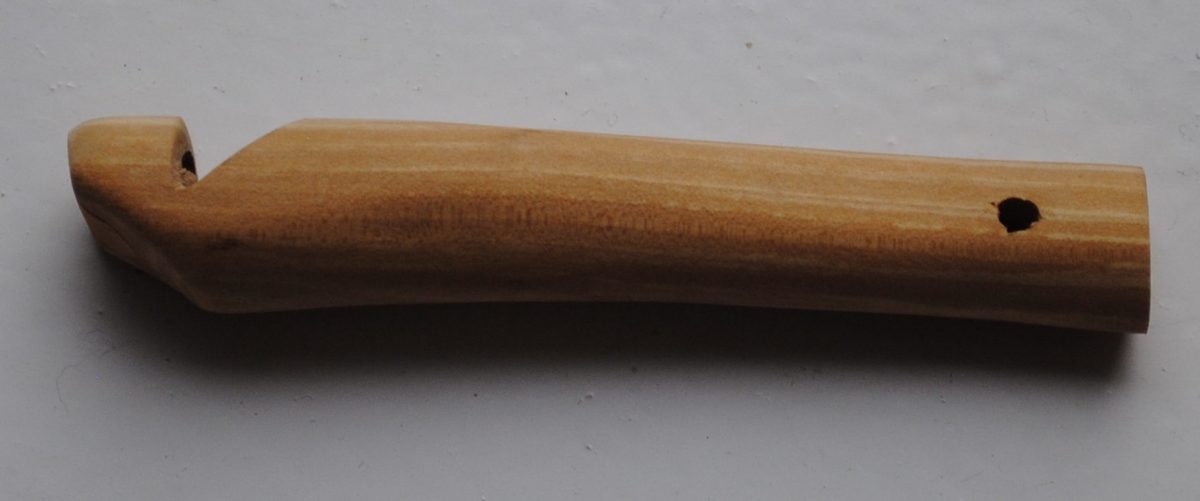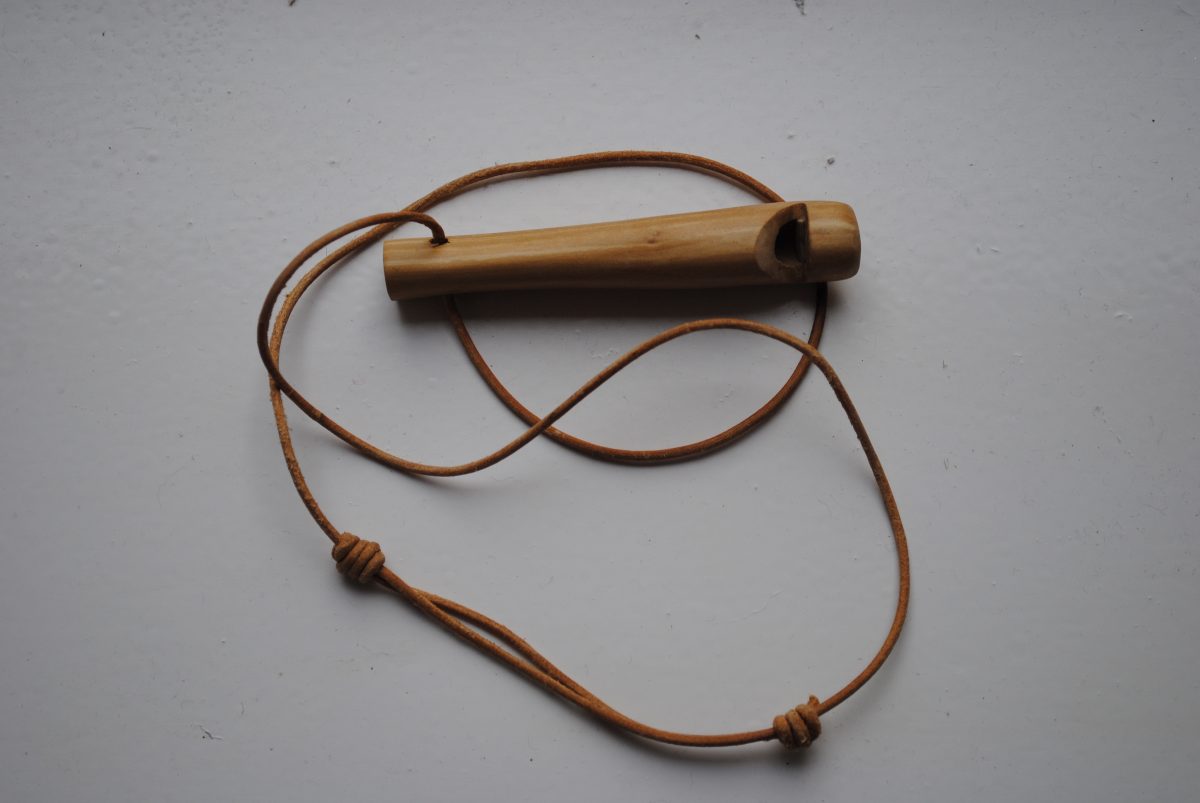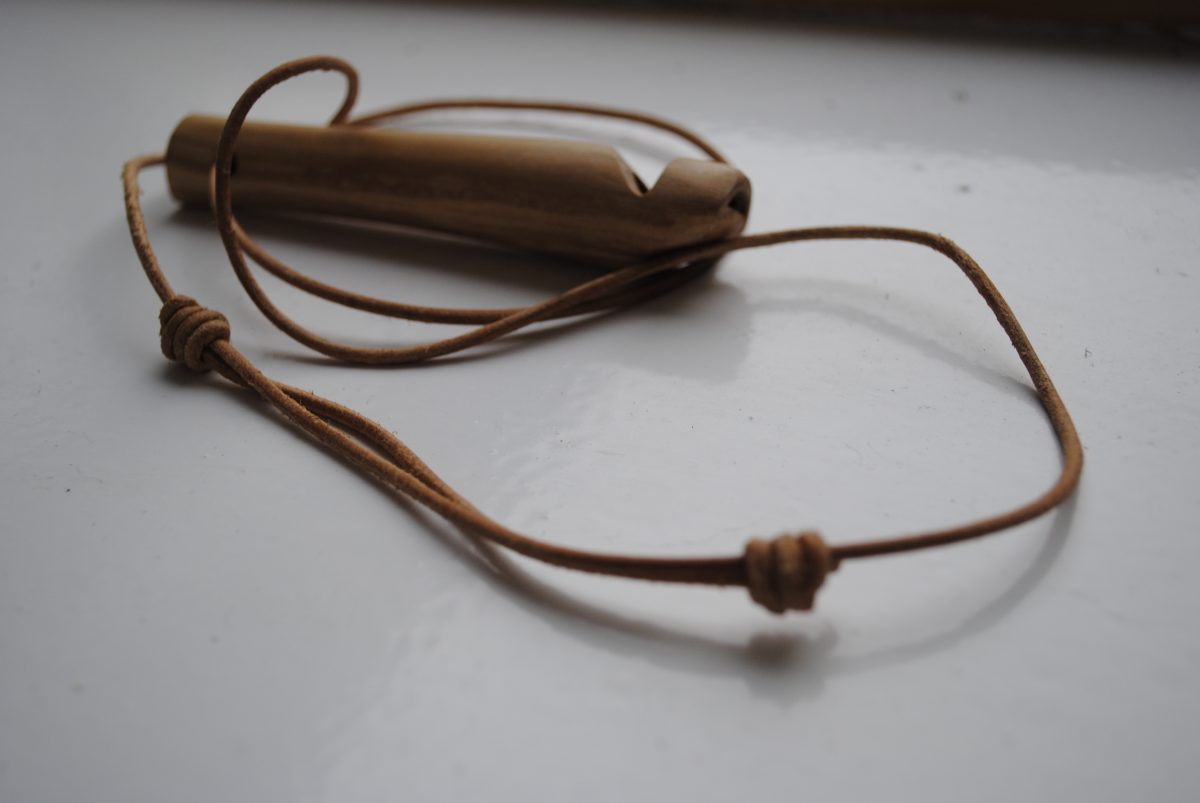Sometimes there are things that have to be done that take a lot of time but involve a lot of standing around with hands in pockets – like tending a fire, which only requires the odd poke, an extra bit of fuel chucking on and generally making sure errant sparks don’t set things alight that shouldn’t be set alight. I like doing things like that – I think I have a natural talent for them and they suit my character. There are few better ways to spend a day than tending a good fire – it’s not easy, y’know and requires a lot of practice.
I was brushing up my skills this week, lamenting the lack of opportunities for a good fire, and generally trying to make up for lost time when I had a minor realisation; I could actually be doing something else at the same time. I say this only because the realisation was that I had actually mastered the art of fire wrangling and that I no longer needed to give it my full attention. I was relying on muscle memory and automatic responses to keep the thing safely blazing.
As I stood watching the sparks float up into the sky, glow brightly but briefly, I wondered what else I could be doing. It needed to be something that could be done where I was and that was not going to wholly distract me from my main purpose. I watched sparks float, live joyously, then die and fall to earth as I pondered.
I remembered seeing whistles that had been made out of sticks, admiring their rustic charm, and the ingenuity required to create something so useful from, and with, so little. I stood a while longer thinking, then off to the workshop to dig out some of the spalted White Thorne I’d used to make spoons the other day. I had a few left over pieces and after close examination I decided to give it a go. I wanted to make something a little more engineered than the stick whistles.
I did some roughing out with the axe, then onto the shavehorse to refine and smooth the roughly squared wood and further reduce the size I was going to be working with. This took approximately 5-10 minutes and before I knew it I was back by the fire with a lovely piece of wood in one hand and a razor sharp pocket knife in the other. As I whittled I stopped only to poke the fire or feed the flames with more fuel before resuming my work.
Once I was reasonably happy with the shape I cut the slot, which would make the sound, to meet the hole in the wood I’d already drilled. Then I whittled a piece of beech to make the little plug I needed to bung the drilled hole. Once I had this I shaved a little off one side to allow air flow into the body of the whistle, all the while maintaining the fire at a roaring blaze. I glued the plug in place and then waited a little while for the glue to set before shaping the mouth piece of the whistle and giving it a final finish all over. As I looked at it the grain and the colouring were exceedingly pleasing to my eyes and I smiled broadly. I finished it off with a good dressing of 3 coats of bees wax.
While not the most refined whistle or the most perfectly engineered, it does work – perhaps a little too well! It can be quite ear-splitting if blown hard – next time I may drill a deeper chamber to get a deeper tone.
As I finished it off by adding the thong the fire was dying down to a few softly glowing embers, and my work was done.
The whistle:




